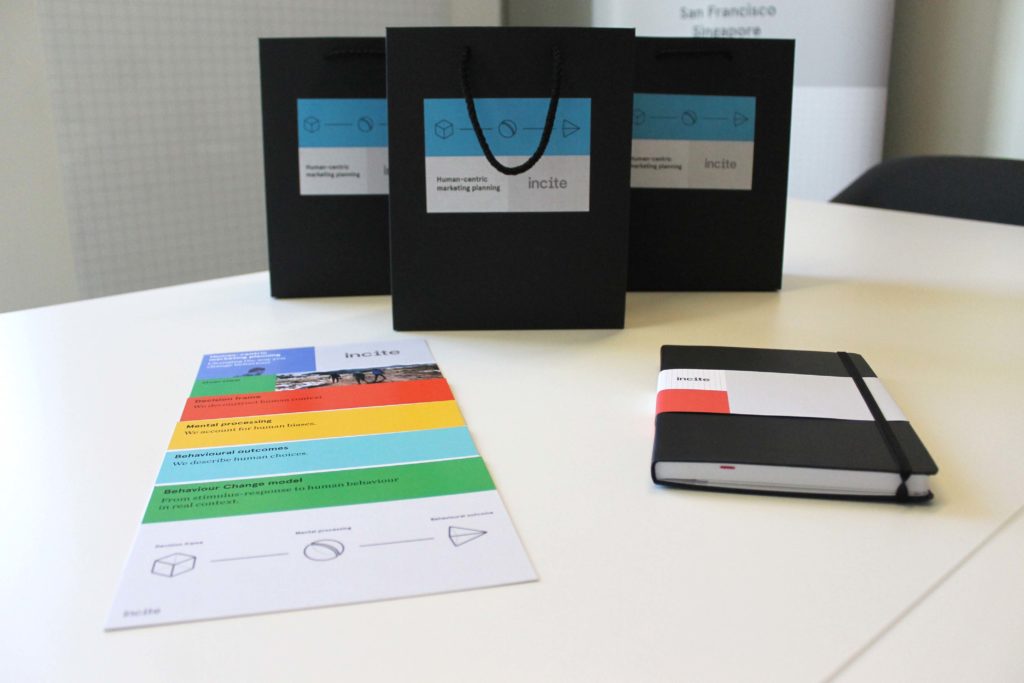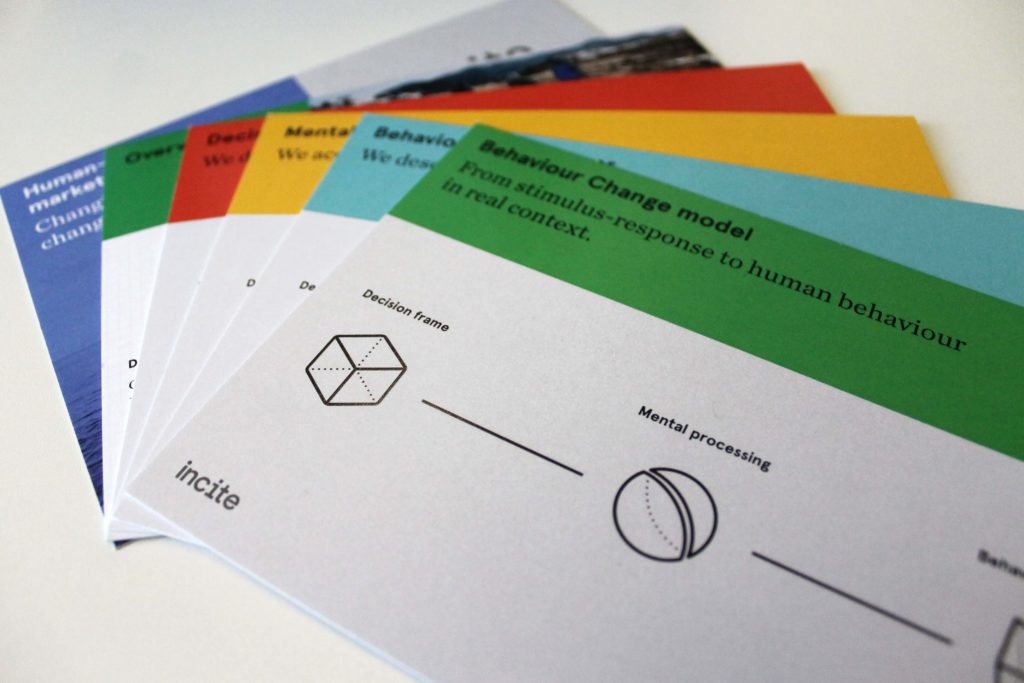Key learnings from our Behaviour Change workshops
A year ago, we introduced our approach to identifying practical actions to drive real changes in consumer behaviour. We said our model was simple enough to explain in five minutes, but subtle enough to provide tangible answers to more or less any business challenge.
Since then, we’ve hosted interactive multi-client sessions in Singapore, Shanghai, London and New York with over 100 attendees from FMCG businesses, banks, network operators, pharmaceutical companies, charities and many more.
In each workshop, we put clients together in random groups and gave them a simple challenge: use our framework to develop interventions that could drive new consumer behaviours. From voting to wearable tech, from car seats to supermarket scanning, the teams delivered rich, varied and detailed plans that were strong both creatively and in their application of science of human behaviour.
So far, so good, but what else did we learn in the discussions we had at the events and subsequently with clients across so many different sectors?

Understanding is easier than application
Many of the key concepts of behavioural theory are no longer new to most people. People have heard of, and often read (or at least pretend to have read!) books like ‘Thinking, Fast and Slow’, ‘Nudge’ and ‘Predictably irrational’. But keeping those core concepts to mind when people are doing their day job is hard, and the concept of a checklist is a practical solution.
Behaviours are multidimensional
Desired behavioural outcomes look simple: get people to buy more of my product, right? Not so fast: a thorough review of what it will take uncovers all kinds of players – retailers, shop staff, friends and family, other influencers – whose behaviour we might want to nudge to get to our business objective. And these different people are doing different things in different contexts for different reasons. There’s more to behavioural change than initially meets the eye.
Marketers default to comms
Our rational System 2 thinking is the same process we project on our potential consumers: We want them to believe that our products deliver a particular benefit, so let’s just tell them! Time and again, marketers reach for the blunt instrument of comms messaging, whereas many effective interventions to change behaviour can often have a much more nuanced approach.
What next?
The workshops have led to many conversations and to client-specific projects, looking for ways to deliver better outcomes for brands and business by applying a behaviour change lens. And when we apply the same approach to these real business problems, framed with live data and synthesised insights, the results can be even more astonishing.
What do you want to change in 2018, and how can we help you make it happen?




